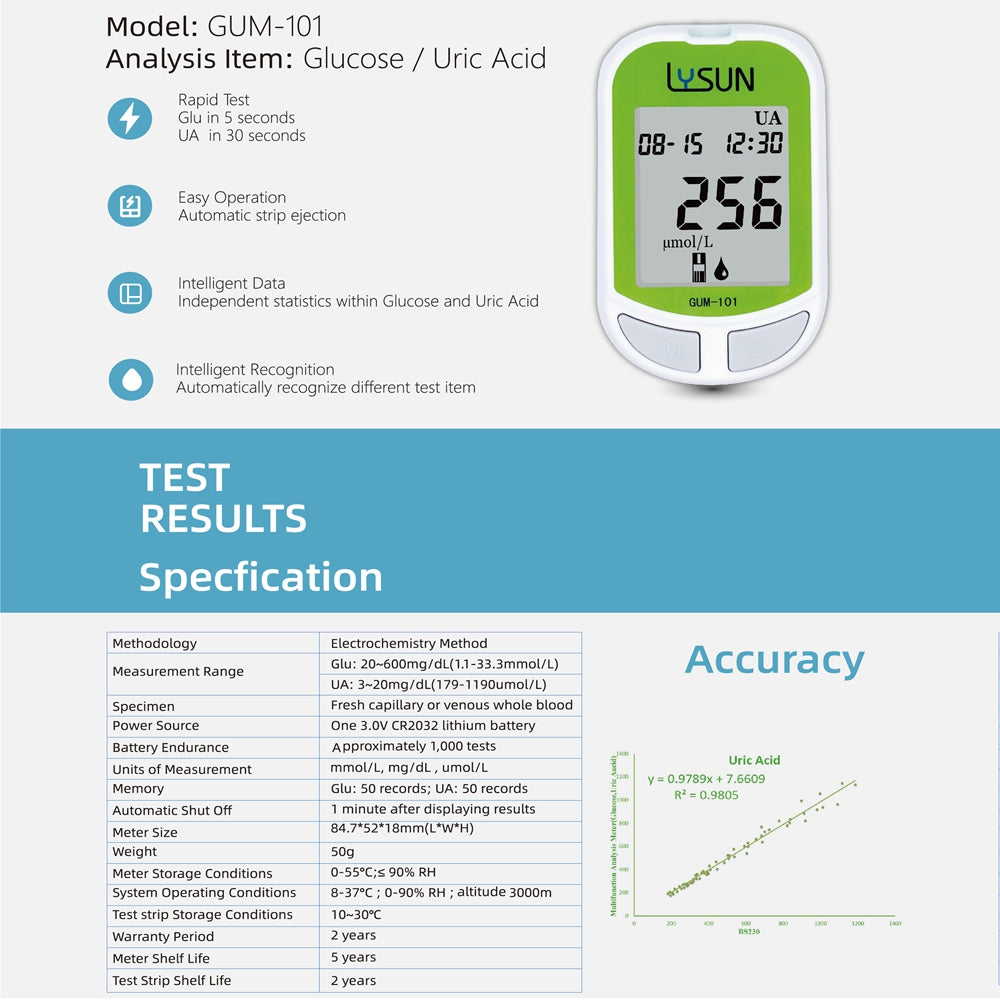Uric acid tests are mainly used to help diagnose gout. Uric acid test includes urine uric acid test and blood uric acid test, the specific conditions are as follows:
1. Blood uric acid test: most uric acid tests are done by drawing blood to check the value of blood uric acid. Asymptomatic isolated hyperuricemia occurs when serum uric acid is elevated but the patient has no accompanying symptoms. If combined with joint symptoms, such as episodic joint redness, swelling, heat, pain, it is the performance of gout. If it is not emphasized to check the uric acid in the urine, the blood uric acid is usually checked during the examination, so as to determine whether there is gout. The normal value of serum uric acid is 430 μmol/L, if it is higher than this value, it indicates hyperuricemia, or it may be caused by gout;
2. Uric acid test in urine: The purpose is to judge the excretion level of uric acid in urine, and to find out whether the cause of hyperuricemia is too little uric acid excretion or too much uric acid excretion. It can help determine the specific cause of elevated uric acid, and then carry out targeted treatment.
